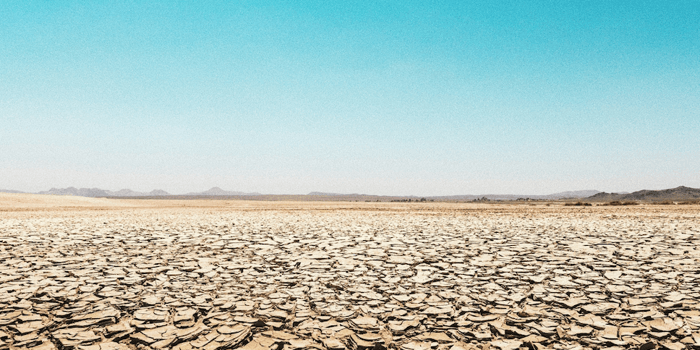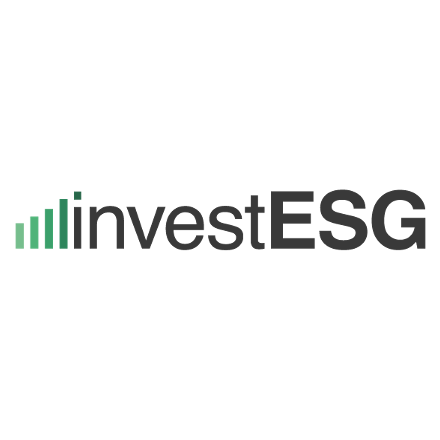Consistent and comparable data and insights on climate finance flows from Climate Policy Initiative


Photo credit: Oz Seyrek /Unsplash+
"For over a decade, CPI’s Global Landscape of Climate Finance (GLCF) reports have
provided a comprehensive baseline of where and how climate finance flows globally.
Our methodology1 and data science capabilities ensure consistent, comparable information
derived from a vast array of non-standardized data. The GLCF is key to understanding the
current state of play, the key market players, climate investment needs, and pinpointing the
greatest opportunities to mobilize capital." (Climate Policy Initiative).
Climate investment drives improved health, economic opportunities, reduced energy costs, and enhanced security and resilience.
Climate Policy Initiative on the cost of inaction: "The longer we delay meeting total climate investment needs, the higher the costs will be, both to mitigate global temperature rise and to deal with its impacts."
Mitigation finance
More than doubled from USD 757 billion in 2018 to USD 1.78 trillion in 2023, driven by private investment in clean energy and transport (solar PV, wind power, and EVs)
Adaptation finance
Adaptation finance rose from most public and private actors from 2022 to 2023, but a ~USD 20 billion decrease from the China Development Bank—a previously prolific adaptation funder—brought down overall flows.
Fossil fuels
Fossil fuel investment, in the meantime, has continued to increase annually since 2020, reaching USD 1.1 trillion in 2023. Consumer fossil fuel subsidies have also seen a dramatic increase, to a record breaking USD 1.4 trillion in 2022.
More information on the Global Landscape
of Climate Finance 2025. in Global Landscape
of Climate Finance 2025.
Published by
 investESG
investESG
 investESG
investESG

